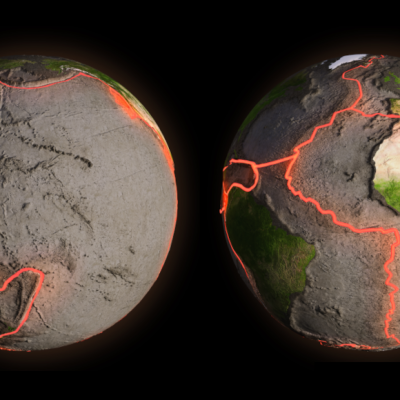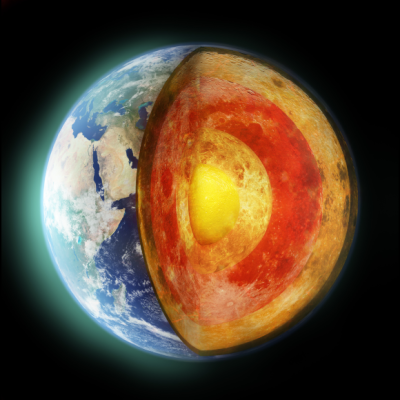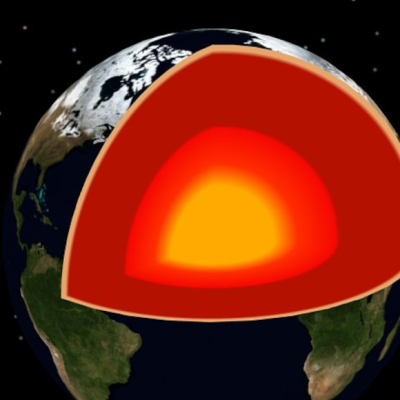The southern part of the Andes mountain range is growing at an unprecedented rate, three to four times faster than any other ascending region on Earth. Scientists from Washington University in St. Louis have discovered that the main reason for this rapid growth is due to a crack at the bottom of the Earth’s plate, caused by hot molten rock. Additionally, the Patagonian ice sheet is melting rapidly, reducing pressure on the Earth’s crust and accelerating growth. These two processes are working together to cause the Andes to grow much faster than other mountain ranges on the planet.
According to the study published in Geophysical Research Letters, seismic measurements taken directly under the Patagonian ice sheet revealed an area where unusually slow earthquake waves occurred at very shallow depths. This is evidence that hot and soft material exists instead of the normally solid rock of the lithospheric mantle in this region. This was likely caused by rising melt, which has increasingly eroded the underside of the Earth’s plate. This process is known as thermal erosion, and it has created a gap in the previously thick Earth’s plate, making the Earth’s crust in this region particularly mobile.
The melting of the Patagonian ice sheet is also causing the Earth’s crust to rise, a process known as isostatic uplift. This is because during the ice ages, the massive ice masses provided a counter-pressure to the rising material from the Earth’s core. However, with the ice sheet rapidly melting, the depression in the Earth’s crust caused by the ice is becoming shallower, resulting in the Earth’s crust rising. While this process also occurs in previously ice-covered regions of the Northern Hemisphere, the land there only rises by a maximum of one and a half centimeters per year, as the Earth’s crust is thicker and the Earth’s mantle is cooler and tougher than in Patagonia.










